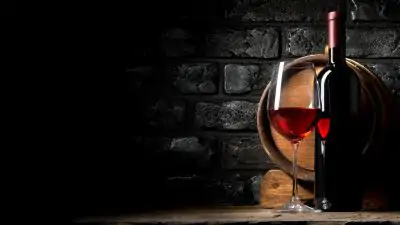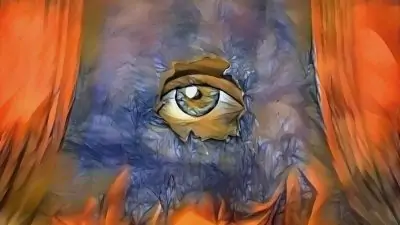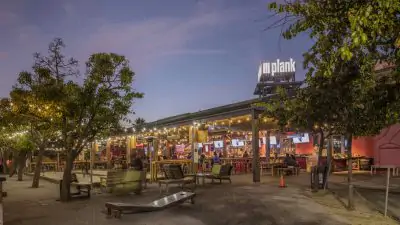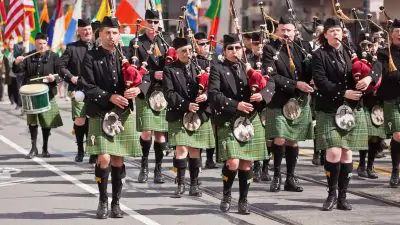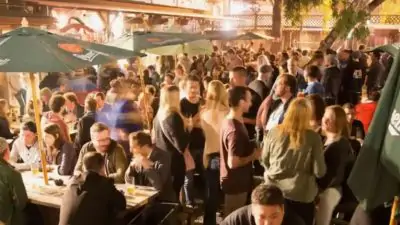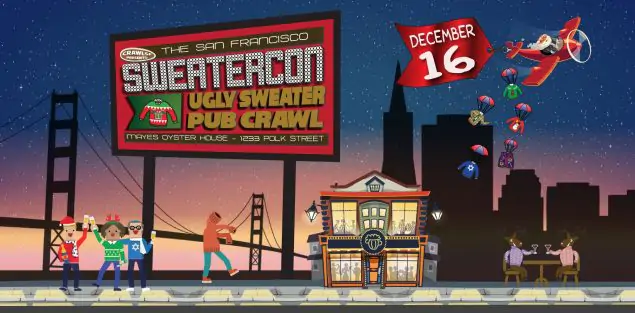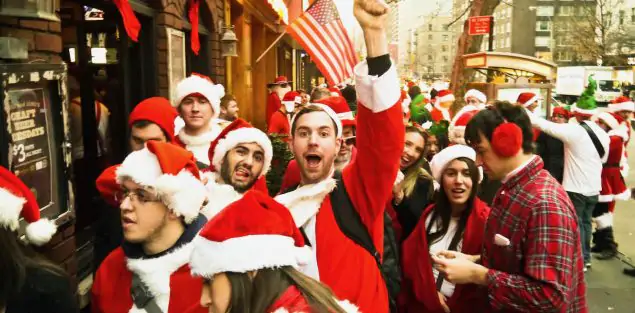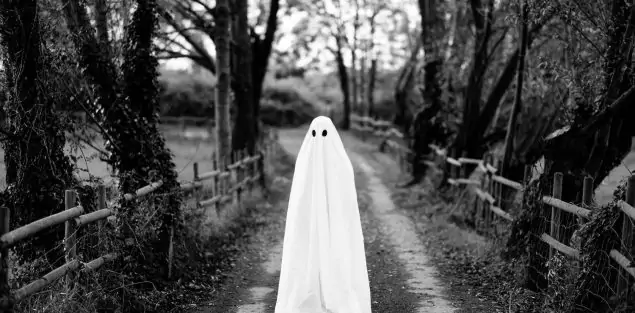The History of the Piñata
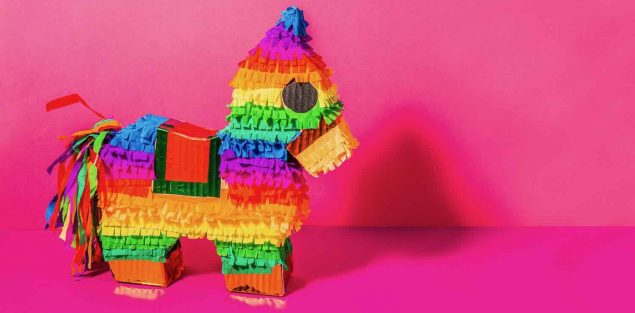
Cinco de Mayo in San Francisco is a feast for the senses with tacos sizzling, margaritas flowing, and the unmistakable whack of a piñata bursting open. This papier-mâché marvel is a party staple, as essential to the holiday’s joy as a good salsa. But the piñata’s story isn’t just about sugary rewards, it’s a global tale of celebration, stretching from ancient traditions to modern fiestas. As a new parent, I am actually really excited for my son to be old enough to incorporate a Piñata into his birthday celebrations. I sure did enjoy the fun of making that crucial hit that sends candy all over the place when I was a kid.
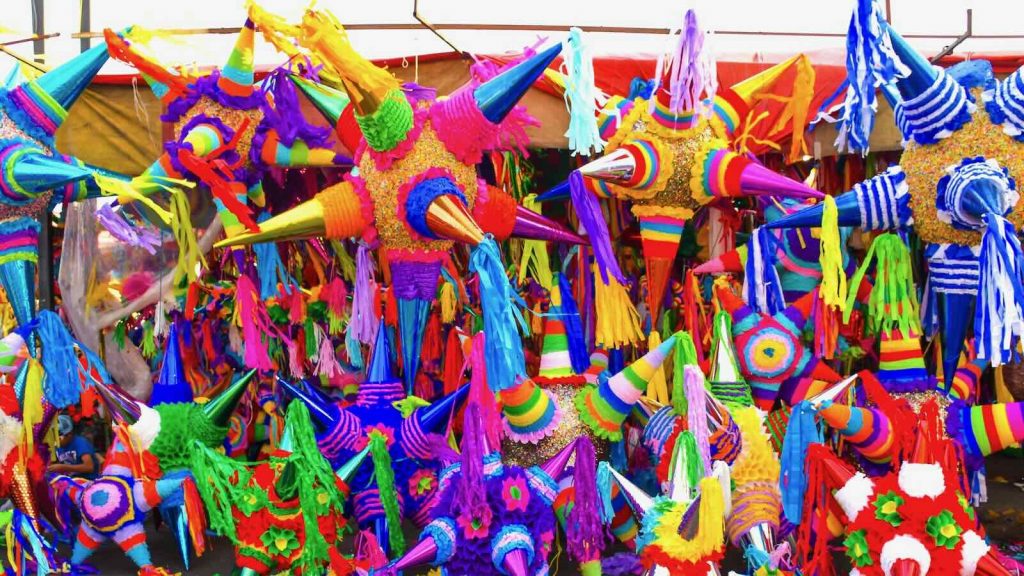
The Origins
The piñata’s beginnings, like a lot of things, are a little murky. Many trace it to China, over 700 years ago, where New Year festivities included breaking hollow figures of cows or oxen, covered in colored paper and filled with seeds. When hit with sticks, the contents spilled as a wish for good harvests the remains were burned for luck. Legend has it that explorer Marco Polo saw this in the 13th century and brought the idea to Italy, where it became the “pignatta,” or fragile pot, a clay vessel smashed during games.
By the 14th century, the custom hopped to Spain and was tied to Lent’s first Sunday, known as “Piñata Sunday.” Spanish fiestas used plain clay pots, later jazzed up with ribbons and tinsel. When missionaries sailed to Mexico in the 1500s, they found a happy coincidence. Aztecs already had a similar ritual. To honor the war god Huitzilopochtli’s December birthday, priests broke feather-decorated clay pots filled with treasures at his temple’s pole with the offerings spilling at his feet. Mayans also played a blindfolded game, hitting hanging pots for sport. In 1586, Augustinian friars in Acolman, wove these traditions into Christmas posadas, using piñatas to teach Christianity. The classic star-shaped piñata, with seven points for the deadly sins, symbolized smashing evil to reveal blessings like candy and fruit for the faithful.
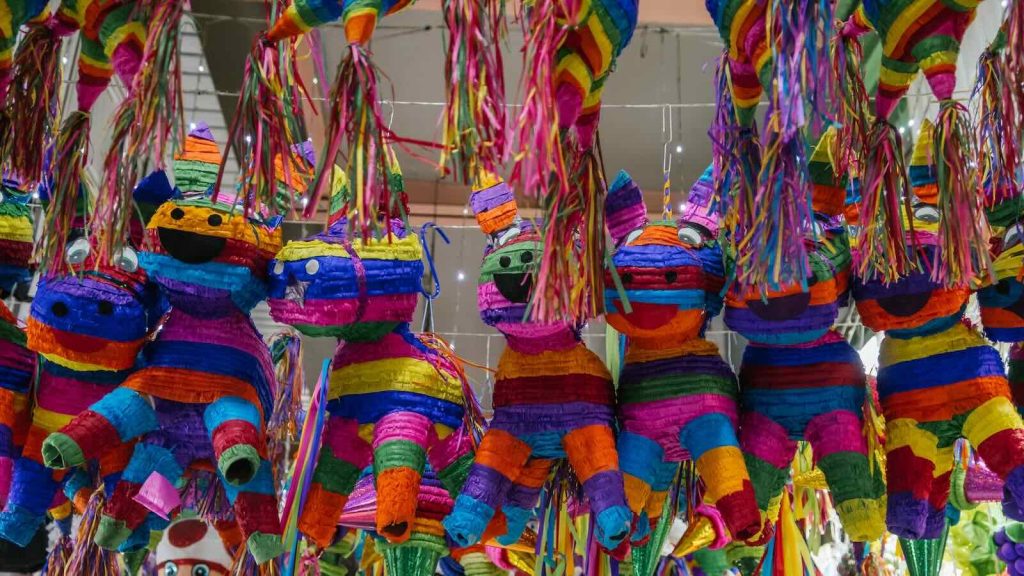
The Evolution of the Piñata
Piñatas became party essentials in Mexico. They were especially popular during posadas, the 9 day Christmas lead-up reenacting Mary and Joseph’s journey. The song “Dale, dale, dale, no pierdas el tino” (Hit, hit, hit, don’t lose your aim) echoed as blindfolded kids swung at star-shaped pots, originally clay but increasingly papier-mâché by the 20th century for safety. Fillings like oranges, guavas, sugar cane, and tejocotes gave way to wrapped candies, with “colaciónes” baskets ensuring no child left empty-handed.
As Mexican immigrants brought piñatas to the United States, they morphed into birthday and holiday must-haves, especially for Cinco de Mayo. San Francisco’s taquerias and festivals embraced them, hanging burros and superheroes over eager crowds. The 1980s saw a commercial boom. Piñatas shaped like Mickey Mouse, Pokémon or even politicians replaced traditional designs. Clay pots eventually became a thing of the past, swapped for cardboard biodegradables or pull-string versions for younger kids. Today, artisans craft everything from unicorns to Baby Yoda and social media loves a good piñata smash, with viral videos showing adults bashing political figures or trendy characters for laughs.
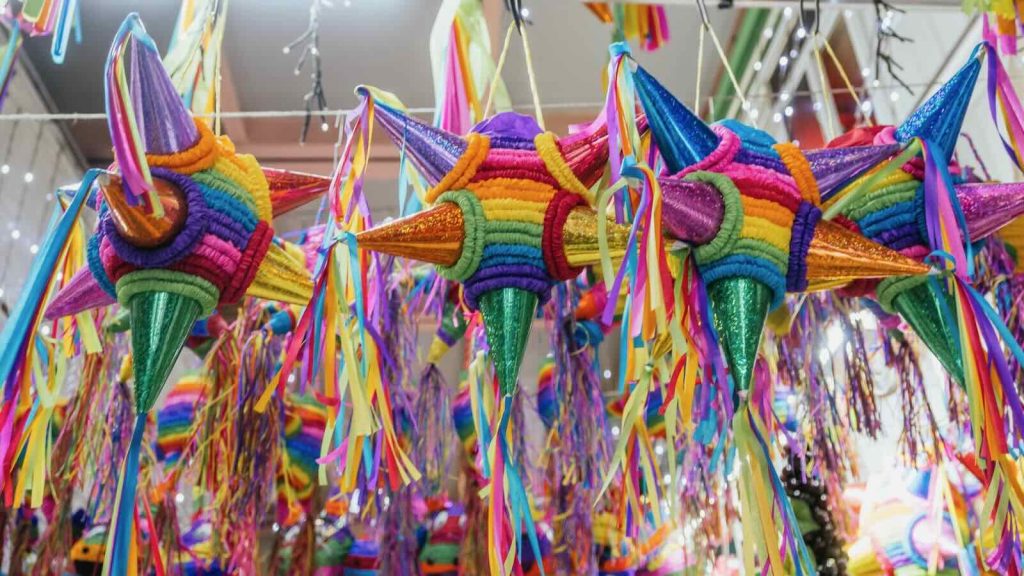
Famous Piñatas and Piñata Hotspots
Piñatas have smashed their way into fame, with some earning headlines and others tied to places keeping the craft alive.
Tepatitlán’s Record-Breaker (Jalisco, Mexico)
In 2010, Tepatitlán crafted the world’s largest traditional seven-pointed piñata, a 11.2-meter, 350-kilogram fiberglass giant, outdoing a 2008 Pennsylvania record.
Acolman’s National Piñata Fair (Mexico)
Acolman, piñata ground zero since the 16th century, hosts an annual December fair with contests, workshops & posadas. Artisans shape everything from classic stars to modern cartoons, drawing crowds to celebrate the craft.
Piñatarama in Mexico City (2010)
A one-off art event, Piñatarama saw 25 papier-mâché piñatas created by global illustrators at Vértigo Galería. From Australia’s quirky designs to Brazil’s bold colors, it showed piñatas as high art.
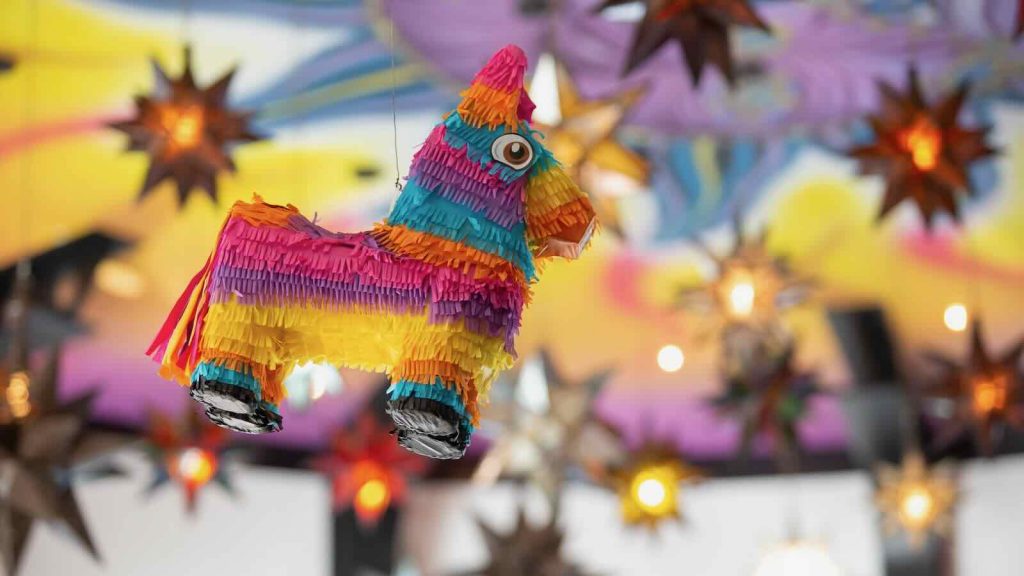
The Donkey Piñata (Across the U.S.)
The classic burro piñata, tied to posadas’ nod to Mary’s donkey, remains a Cinco de Mayo staple. You’ll see it swinging at San Francisco’s Dolores Park or L.A.’s Olvera Street, stuffed with sweets and nostalgia. It’s a timeless pick for any fiesta.
Huajuapan de León’s Prison Piñatas (Oaxaca, Mexico)
For 20 years, inmates here have made piñatas to sell, especially for Christmas. Their handcrafted stars and animals are local treasures.
Piñatas in Pop Culture
Piñatas aren’t just party props, they have been featured prominently in all kinds of media. In The Simpsons (1991), Homer dreams of a piñata paradise, only to be chased by candy-filled burros. Parks and Recreation (2010) has Ron Swanson smashing a piñata with glee, grumbling about feelings. Pixar’s Coco (2017) features piñatas in its Día de los Muertos scenes, tying them to Mexican tradition. Even video games like Grand Theft Auto V let players whack virtual piñatas for rewards. On social media, piñata fails like adults missing wildly or getting bonked, rack up millions of views, while DIY piñata tutorials flood TikTok.
A Smash Hit for Cinco de Mayo
The piñata’s journey, from China’s seed-filled figures to San Francisco’s candy-stuffed superheroes is a fun story. It’s evolved from sacred ritual to party centerpiece, blending Aztec offerings, Spanish faith & Mexican-American zest. On Cinco de Mayo, piñatas a burst of joy, uniting everyone in the scramble for sweets. Whether you’re eyeing Acolman’s artisan stalls or a homemade unicorn at a backyard bash, the piñata delivers a sugar-coated slice of history. So, this May 5, grab a stick, sing “Dale, dale, dale,” and smash into the fun.
